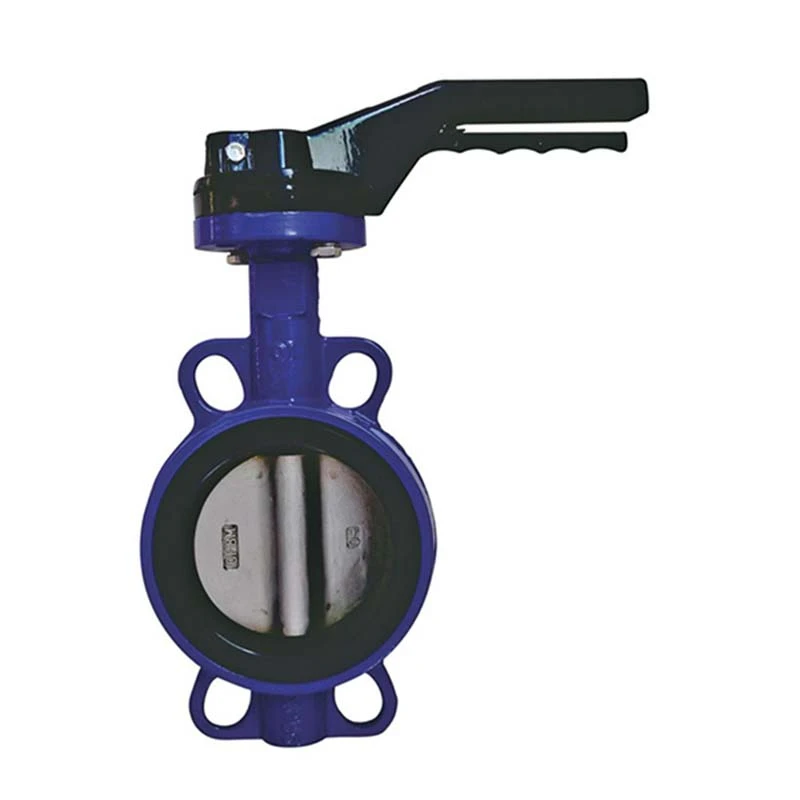ئۆكتەبىر . 08, 2024 06:16 Back to list
swing check valve
Understanding Swing Check Valves Function, Design, and Applications
Swing check valves are critical components in various piping systems, designed to allow fluid to flow in one direction while preventing backflow. This function is crucial for maintaining system integrity, protecting equipment, and ensuring operational efficiency. In this article, we will delve into the design, operation, advantages, and applications of swing check valves.
Design and Operation
The swing check valve operates using a hinged disk or flap that swings open under the pressure of the flowing fluid. When the fluid reverses, the flap swings closed, sealing the valve and preventing backflow. This unique design is particularly advantageous for applications requiring a reliable, non-return mechanism.
Swing check valves are typically mounted horizontally and are beneficial in low-pressure applications. Their body can be constructed from various materials, including cast iron, stainless steel, and plastic, depending on the application and fluid characteristics. The choice of material affects the valve's durability, resistance to corrosion, and overall performance.
Advantages of Swing Check Valves
One of the primary advantages of swing check valves is their straightforward operation. As they do not require external force to function—relying solely on the pressure of the flowing medium—they are highly reliable. This simplicity leads to fewer mechanical failures and ensures that maintenance is minimal and cost-effective.
swing check valve

Another benefit is their low-pressure loss compared to other check valve types, such as lift check valves. The design of swing check valves allows for a smoother fluid flow, making them ideal for applications where efficiency is paramount. Additionally, they can handle a wide range of temperatures and pressures, making them versatile across various industries.
Applications
Swing check valves find extensive application in numerous sectors, including water and wastewater treatment, oil and gas, HVAC systems, and chemical processing.
In municipal water systems, swing check valves prevent the backflow of contaminated water, ensuring the delivery of clean and safe drinking water. In the oil and gas industry, they protect pumps and compressors by preventing reverse flow during shut-down, safeguarding equipment from potential damage.
Moreover, these valves are increasingly used in renewable energy systems, such as geothermal and solar power installations, where their reliability is essential for maintaining fluid flow pathways.
Conclusion
In conclusion, swing check valves are vital components in modern fluid handling systems. Their design provides an efficient, reliable, and cost-effective solution for preventing backflow across a range of applications. As industries continue to evolve and demand more efficient solutions, the importance of swing check valves in ensuring system integrity will only grow. By understanding their function, advantages, and applications, engineers and operators can make informed decisions when selecting valves for their specific needs, contributing to safer and more efficient operations across the board.
Share
-
Reliable Wafer Type Butterfly Valves for Every IndustryNewsJul.25,2025
-
Reliable Flow Control Begins with the Right Ball Check ValveNewsJul.25,2025
-
Precision Flow Control Starts with Quality ValvesNewsJul.25,2025
-
Industrial Flow Control ReliabilityNewsJul.25,2025
-
Engineered for Efficiency Gate Valves That Power Industrial PerformanceNewsJul.25,2025
-
Empowering Infrastructure Through Quality ManufacturingNewsJul.25,2025